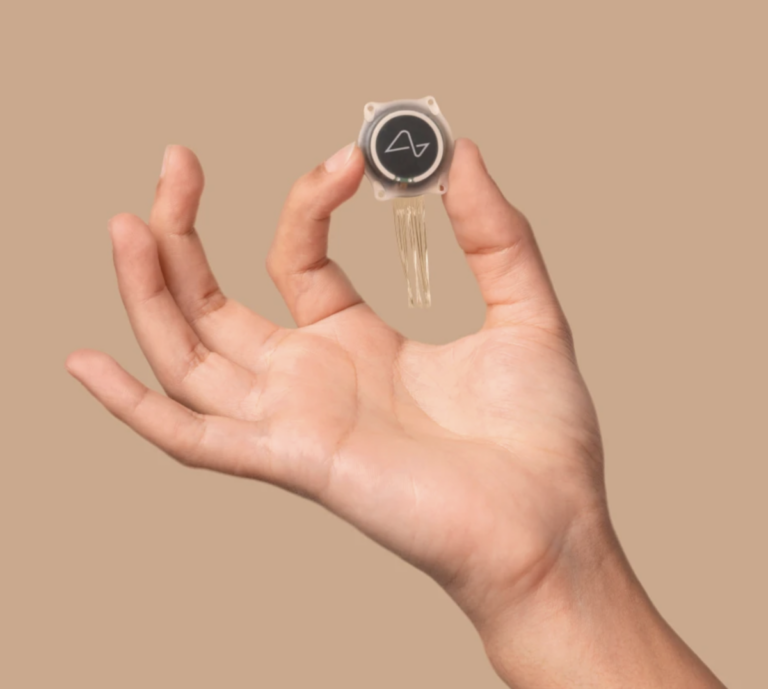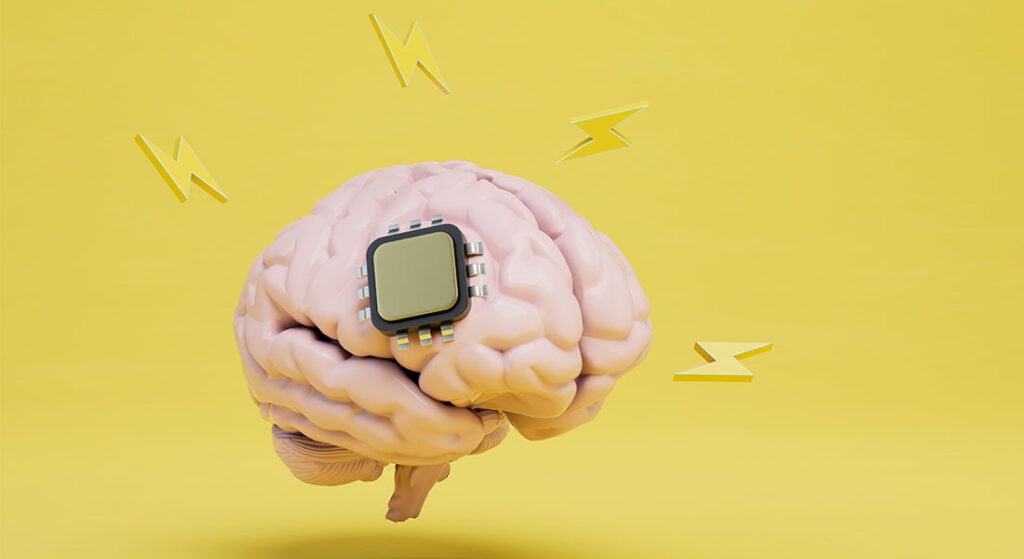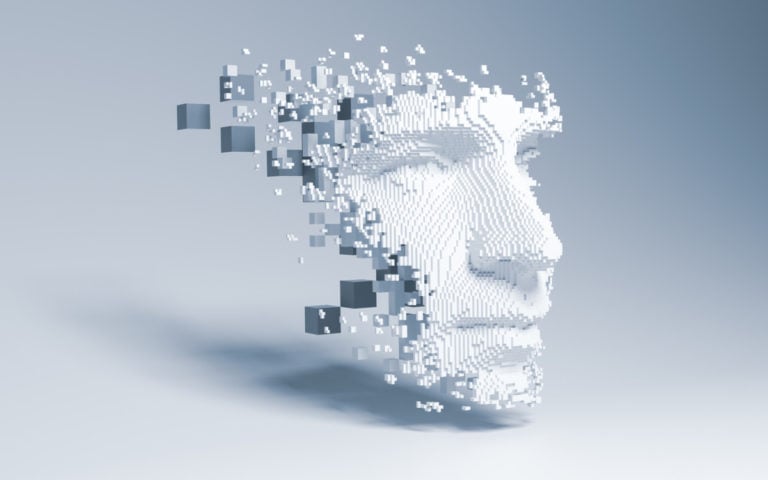In February 2024, one of the most shocking businessmen of our time, Elon Musk, announced that his company Neuralink was the first to introduce an implant into the human brain. It took him about a year to do this, from the moment the US Department of Health agency agreed to conduct human trials.
What is a neurochip?
Elon Musk created Neuralink in 2016. It was then that it was announced that the main goal of Neuralink was the development and implementation of neurochips that would allow one to control a computer with the power of thought.

For our brain, neurons are of decisive importance. It is neurons that form and control our thoughts, feelings and emotions. All our behavior is coordinated by neurons. Elon Moscow had a very interesting idea – what if we create a device that can interpret these signals from neurons and transmit this information to a computer, which in turn will analyze the received data and send it back.
Why install a brain implant?
Quite quickly, Neuralink carried out the first stage – research of the technology on animals, where rodents, pigs and primates were used. Musk reported that microchipping of rodents was successful in 87%. In August 2020, the chip was implanted into a pig, and in February 2021, into a monkey. According to Musk himself, all experiments were successful. However, not very pleasant details soon emerged.
Between 2017 and 2020, the monkeys experienced complications from this experiment. Complications were associated with the installation of the implant, as well as titanium plates and bone screws. All this caused infectious diseases. Under public pressure, Musk had to admit to euthanizing animals. The exact number of monkeys injured during the experiment is not known.
The next step in testing any technology is to conduct human trials. In the US, to have this opportunity, you need to obtain approval from the regulatory authority – the US Department of Health and Human Services (FDA). And this is a very complicated procedure, as a result of which Musk is denied testing of his technology. Mr. Musk, justifying the relevance of the development of his technology, is increasingly beginning to say that the technology is extremely promising in the context of medicine.

At the end of January 2024, Elon Musk announced the first successful chipping of the human brain. There are very few details about this. All we know comes down to Musk’s own tweets that the person who underwent this procedure feels good and is recovering. And it is not very clear whether this person has any health problems or whether this was done for some other purpose. And here we need to make a reservation that, in fact, Elon Musk’s company was not the first to succeed.
In August 2022, the American startup Synchron implanted a neural interface for the first time in a US patient using stenting technology. In the classical paradigm, this minimally invasive method is used to treat coronary heart disease. Elon Musk even offered funding for this project, and they received it, but from another person – Bill Gates.
Criticism of technology
The idea of introducing human brain chips has been criticized from several sides.
- Safety for humans. The brain is the most complex and perfect human organ. It consists of 100 billion neurons that are interconnected. And any external intervention carries significant risks.
- The factor of distrust in Elon Musk. Mr. Musk reported that the first person with a neurochip felt great, but he said the same thing to the monkeys, who, in his words, “were happy.” And animal rights activists and journalists found that the animals suffered greatly during the experiments and were ultimately euthanized.
- Possibility of hacking neurochips. We understand that if our social media page is hacked, nothing good can happen. The same goes for neurochips. If hackers hack the software, this can lead to malfunctions in the neurochip, and external stimulation of neurons can have a devastating effect on the brain.
- Device durability. The process of implanting a chip into the brain carries with it numerous risks, so the question that comes to the fore is how often a person will have to undergo this procedure.










